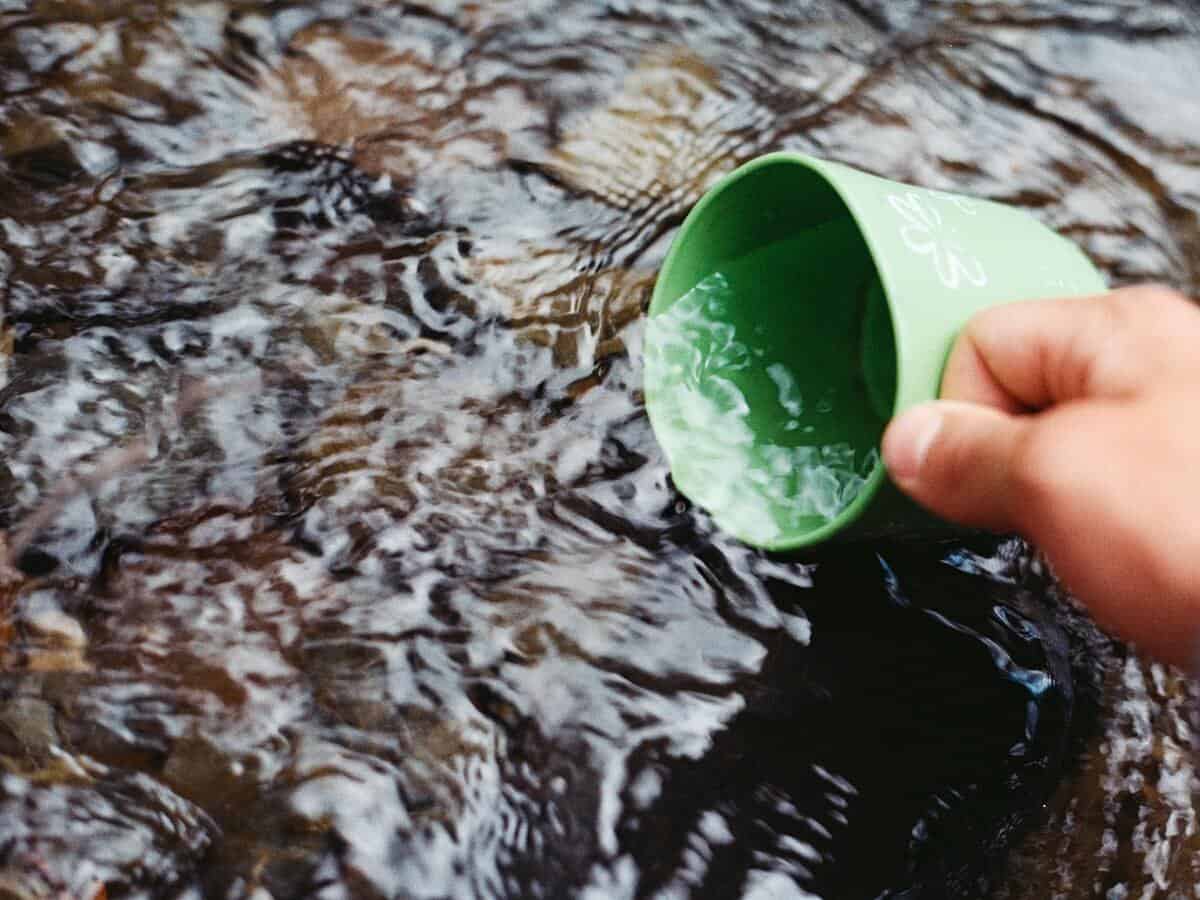Water quality is something that is often reported on, but not fully explained or understood. So, what is water quality? Well, to state the obvious: water quality is the quality of your water. The measurement of your water quality depends on a few different factors, and there are many things that can affect the measurement.
What is Water Quality Measuring?
Water quality is measuring different factors present in the water. Those include concentration of dissolved oxygen, the levels of bacteria, salinity (the amount of salt), turbidity (amount of material suspended in water), quantities of pesticides, herbicides, the presence of heavy metals and other contaminants.
What Can Affect Water Quality?
Sediment and Soil Erosion
Sediment is found soil, but it can become a major problem when it is in the waterways. Erosion is a concern for water. A study done by Iowa State University found that soil erosion not only reduces soil productivity, but it also negatively affects water quality.
Soil erosion affects water quality because it increases levels of Nitrogen and Phosphorus in surface waters. These two chemicals are often found in manures and fertilizers. Therefore, our high demand for farming and agriculture can affect our water quality. Nitrogen and Phosphorus can move from fields into freshwater lakes and streams when the sediment is transported through water runoff and soil erosion.
Nitrogen and Phosphorus can cause eutrophication, which is when there is a lower oxygen level in water. Those two chemicals are used in the fertilizers to progress and support growth, so the same logic carries into water. Nitrogen and Phosphorus cause a significant amount of growth of algae in nutrient-enriched waters. Large amounts of soil in water can also decrease the amount of sunlight that the water gets, which can influence what can survive in the water. As the algae grows and oxygen levels decrease, fish die in the water which increases turbidity. With increased turbidity, the water quality lowers.
Nitrate is a byproduct of Nitrogen. Nitrate in water can cause blue-baby syndrome. Blue baby syndrome occurs when there is less oxygen in the infant’s blood, causing them to have a blue tint on their skin. Babies who experience this often have congenital heart problems.

Toxic Chemicals in Landfills
Chemicals often used in manufacturing can also find their way into our water, and decrease our water quality. Notable chemicals include:
- Mercury
- Lead
- Polychlorinated Biphenyls (PCB)
These are toxic to both the environment and humans when exposed to high levels. While the Environmental Protection Agency (EPA) regulates the industrial waste, there are still spills, accidents and improper disposal that can happen. These mistakes can end up in our water.
The companies who use toxic chemicals need to have a special permit and dispose of their waste in the hazardous waste dumps. Hazardous waste has more soil and concrete between the bottom level of the landfill and fresh groundwater. If these chemicals were disposed of in a regular landfill, there are less layers between the landfill and the fresh water. Leaching of these chemicals can occur, causing groundwater contamination.
While companies have this information, it isn’t always properly explained to the general public. These are items that you should not put in your trash for landfills, but should be properly disposed of in hazardous landfills.
- Cleaners
- Paint thinners
- Pesticides
- Oil
- Batteries
- Electronics
- Herbicides
Make sure to always properly dispose of these items to prevent chemicals from getting in water.

What’s in Your Water?
Chances are, if you go into your kitchen and fill up a glass of water, you won’t see anything. However, that does not mean that your water is perfectly safe. There are different ways to measure your water quality.
One method is to get a water test. At ONIT, we believe that everyone should know what is in their water and the best way to purify and filter it. That’s why we offer free water testing. Having your water tested is the perfect way to find out exactly what the tap water system is in your home.
Another method of learning about the water quality in your area is to visit the Environmental Working Group’s tap water database. They offer their data findings on water contaminants in an area. To find out this information, all you need to do is enter your zip code. From there, you will be able to see what scientists have found in local water sources. Their detailed list of contaminants also includes any potential health problems that result from exposure.
Drinking good water quality has many benefits to your health. Learn more about the benefits that you and your family can experience by drinking safe water.
How to Get Clean Water
The best way to get clean water is through a home filtration system. With a home filtration system, you don’t need to wonder what is water quality in your home like. Instead, rest assured that you’re drinking the safest water possible.
Our experts at ONIT can find you the best filtration for your home. Visit us online today or give us a call at 1-833-433-0331 today.
ONIT’s expert team can help make your green energy goals a reality. And when you install a solar power system with ONIT Home, you can install a whole home water filtration system and smart security system for FREE with installation in two weeks. Additionally, we’re offering $1,500 in vouchers to be used with solar, water filtration, and home security. Contact us today at 1-833-433-0331 to learn how you can enjoy this special offer!



